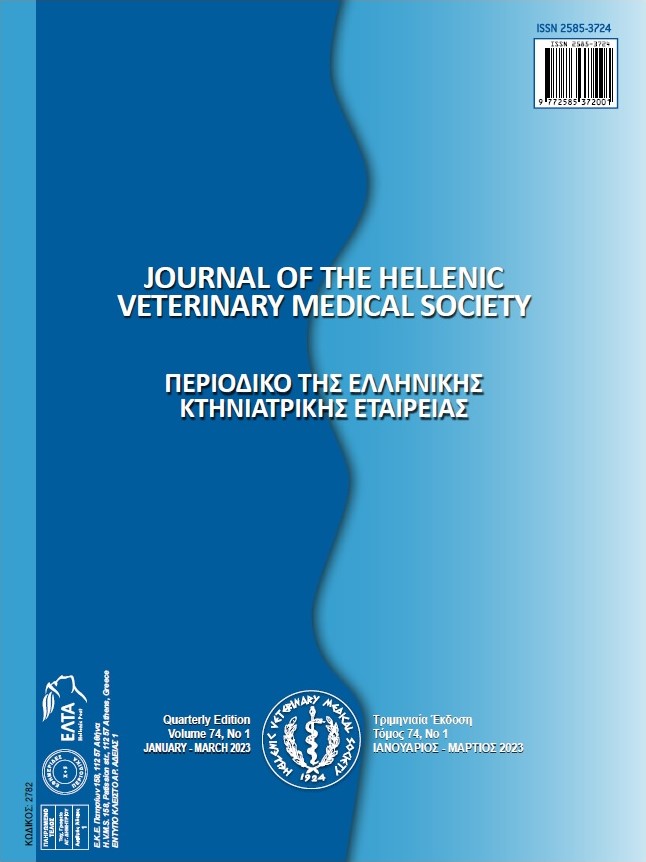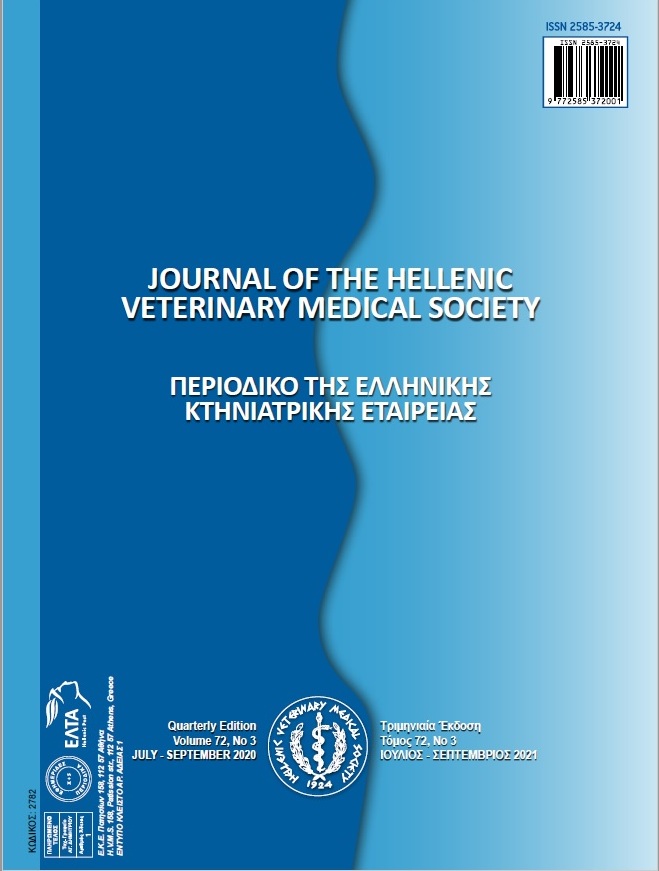Leukogram patterns significance and prevalence for an accurate diagnosis in dogs

Abstract
Interpretation of changes in WBC (White Blood Cell) provides valuable information for guiding the veterinarian to establish the diagnosis for a wide range of diseases. Leukocyte changes, both quantitative and qualitative, are always secondary, so the control and therapeutic success is dependent on the identification of the primary condition. The purpose of this study was the association between the magnitude of quantitative changes in leukocytes and the primary conditions in which they occurred, to facilitate a faster orientation of the diagnosis. From dogs with internal affections and based on inclusion and exclusion criteria, the survey evaluated 447 complete blood counts (CBC). In 272 of CBC analyzed, the number of leukocytes was in the physiological range (i.e. 6,000-17,000 cells × µL-1 blood), but in 131 cases, the leukocytes exceeded the upper limit, and in 44 cases, leukocytes were below the lower limit. In terms of leukocytosis, affections of the digestive system had the highest prevalence, while leucopenia, was more present in the circulatory system pathologies. The cases of leukocytosis depending on the severity were: mild (73 cases), moderate (41), and severe leukocytosis (15) and respectively, two extreme leukocytosis cases, statistically emerging: p <0.01 for IBD (inflammatory bowel disease), acute pancreatitis, ehrlichiosis, chronic babesiosis and respectively p <0.001 for acute lymphoblastic leukemia. Results revealed that infections source (devoid of parvovirosis), inflammation of the digestive tract was frequently accompanied by moderate leukocytosis, while the parvoviral caused enteritis conducted, in the early stages, to leukopenia. In bronchopneumonia, the leukocytosis was moderate, while inflammation of the anterior airways caused mild leukocytosis. Moderate leukocytosis was found also in the splenic, hepatic, and pulmonary neoplasm, and the acute lymphoblastic leukemia developed with severe leukocytosis and chronic leukemia with extreme leukocytosis.
Article Details
- How to Cite
-
Moruzi, R., Morar, D., Văduva, C., Boboc, M., Dumitrescu, E., Muselin, F., Puvača, N., & Cristina, R. (2023). Leukogram patterns significance and prevalence for an accurate diagnosis in dogs. Journal of the Hellenic Veterinary Medical Society, 74(1), 5193–5202. https://doi.org/10.12681/jhvms.28696 (Original work published April 11, 2023)
- Issue
- Vol. 74 No. 1 (2023)
- Section
- Research Articles

This work is licensed under a Creative Commons Attribution-NonCommercial 4.0 International License.
Authors who publish with this journal agree to the following terms:
· Authors retain copyright and grant the journal right of first publication with the work simultaneously licensed under a Creative Commons Attribution Non-Commercial License that allows others to share the work with an acknowledgement of the work's authorship and initial publication in this journal.
· Authors are able to enter into separate, additional contractual arrangements for the non-exclusive distribution of the journal's published version of the work (e.g. post it to an institutional repository or publish it in a book), with an acknowledgement of its initial publication in this journal.
· Authors are permitted and encouraged to post their work online (preferably in institutional repositories or on their website) prior to and during the submission process, as it can lead to productive exchanges, as well as earlier and greater citation of published work.







